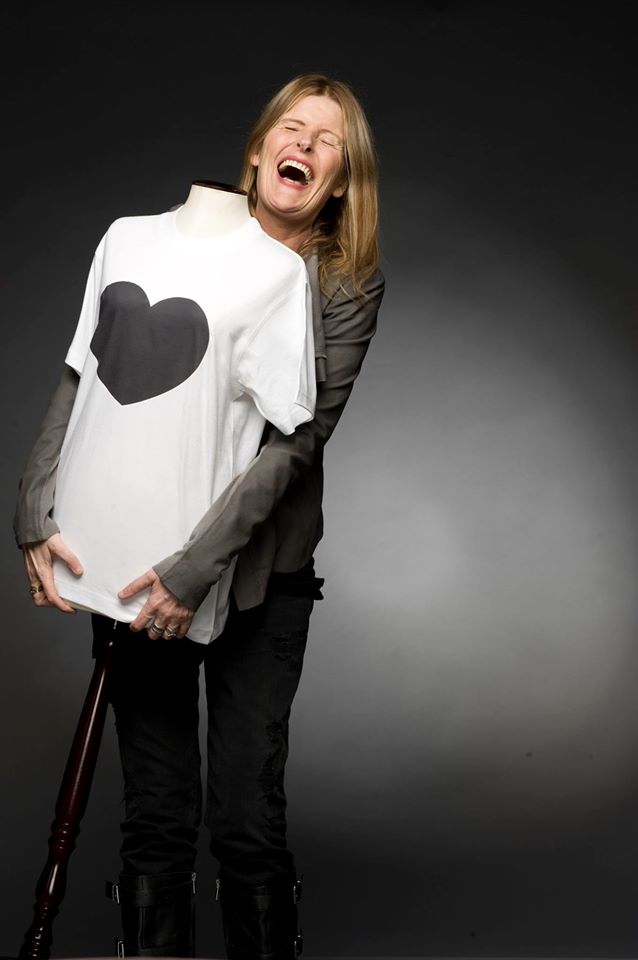Tonight is the (digital) show of the Fashion Department of the Royal Academy of Fine Arts Antwerp, including the 2021 graduates and that makes me […]
Tag: Serkan Sarier
Optimism and beauty will save the world
There are people that can turn every heartbreaking event of their life into an act of positivity -and Ninette Murk is definitely one of them. […]



